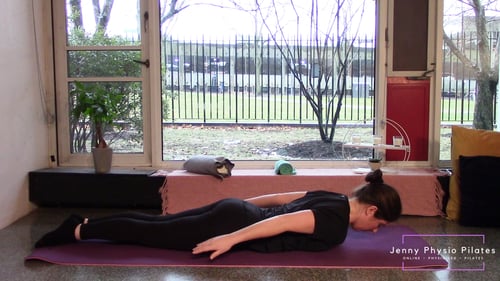Neck pain is extremely common however, in terms of research, it does not receive anywhere near the same interest as low back pain. Fortunately a “State of the Art” review on neck pain was carried out in 2017 and published in the British Medical Journal. The information below is based on this study.
Who does neck pain effect?
- Neck pain affects up to 70% of the population.
- It is the 4th most common cause of disability
- It is more common in women than men.
- The occurrence of neck pain increases with age up to about the age of fifty and then it levels off for later years.
What is neck pain & what causes it?
When we talk about neck pain we are referring to pain that spans anywhere from the base of the skull to our shoulders. The pain can radiate into the arm, upper back and head.
There are lots of different structures in and around the neck that can cause pain:
- Joints
- Discs
- Ligaments
- Muscles
- Nerves
Acute neck pain is pain that comes on suddenly, this can be due to injury (most commonly sports or work injury) or a multitude of factors. Most cases resolve within eight weeks.
There are some known risk factors for developing neck pain:
- Poor sleep
- Smoking
- Obesity
- Sedentary lifestyle
- Previous neck pain
- Genetic factors
- Psychological factors
- Back pain
- Poor general health
Certain occupations are associated with neck pain however the biggest work-related factors are: low job satisfaction and poor support at work.
Why does neck pain persist?
Unfortunately for some, neck pain persists beyond the expected healing time. We call this chronic or persistent neck pain. There are some known factors which increase the likelihood that neck pain may persist:
- Female
- Older age
- Pain radiates down the arm or into the shoulder blade area
- Multiple areas of pain
- Smoking
- Obesity
- Poor general health
- Psychological factors (depression/anxiety/negative beliefs about pain)
- Social factors (challenging work/home life)
- High pain intensity
How do we treat neck pain?
We can see from the different risk factors above, the assessment and treatment of neck pain needs to incorporate more than just the ‘structure’ that is painful. This approach, which is recommended for treating pain, is called the Biopsychosocial model. This means we need to address:
“Bio” – the biological issue (e.g. disc or joint)
“Psych” – psychological factors that can affect our experience of pain (low mood, anxiety, fearful or movement / poor beliefs about neck pain)
“Social” – how we interact with others and our surrounding environment (work, relationships, home life)
How do we reduce the likelihood of experiencing neck pain?
We now know there are many different factors which contribute to the development and continuity of neck pain. Many of these risk factors are within our control to change (unfortunately not genetics..yet!) and exercise is one simple approach that can help with this. Exercise can help improve sleep, reduce obesity, improve a sedentary lifestyle, improve back pain and our mental health – all factors predisposing us to neck pain!
Take home message: Neck pain is much more than just a ‘structural’ issue. There are many risk factors associated with the development of neck pain. Simply adding exercise into our lives can help reduce many of these predisposing factors. Find an exercise you enjoy, add it into your routine and most importantly try to stick with it!




